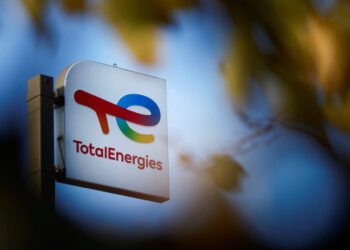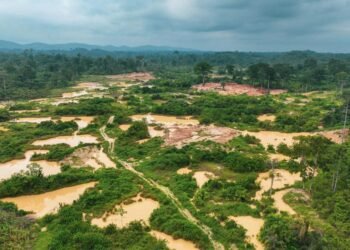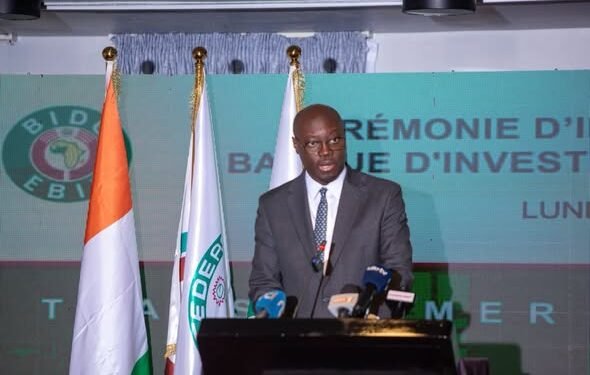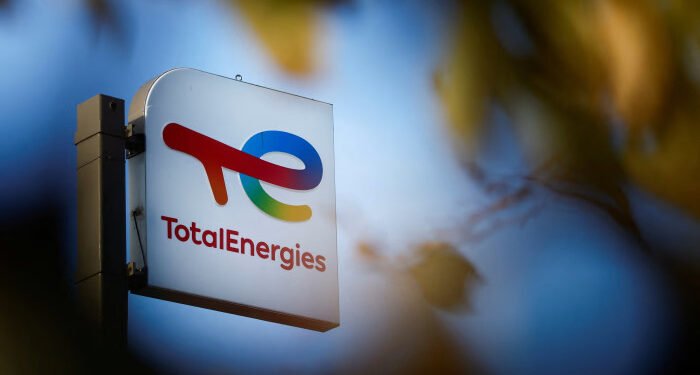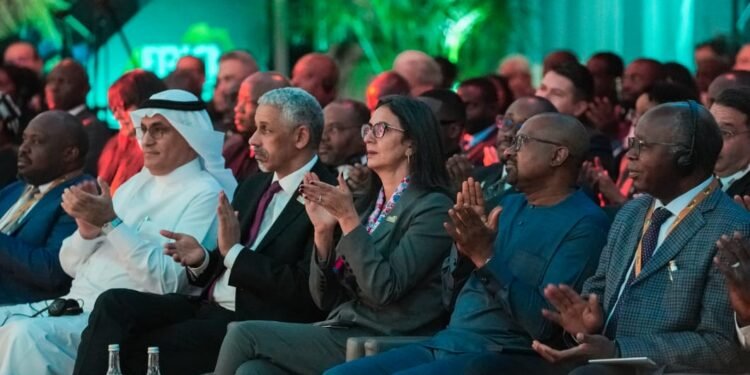Ghana’s gold export industry is poised for a remarkable year, with projections indicating that the country’s gold exports could reach an unprecedented US$10 billion by the end of 2024.
This optimistic forecast comes from the Minerals Commission, whose CEO, Martin Ayisi, recently highlighted the significant surge in gold exports during the first half of the year.
According to Mr Ayisi, Ghana’s gold exports for the first half of 2024 amounted to an impressive US$5 billion, which represents 54% of the total export value of US$9.2 billion. This record-setting performance was primarily driven by a notable increase in gold prices, especially during the second quarter of the year, coupled with enhanced production from both small- and large-scale mining operations.
The second quarter of 2024 saw gold prices averaging a remarkable $2,338 per ounce, an 18% year-on-year increase and a 13% quarter-on-quarter rise. July continued this trend, with the average gold price hovering around US$2,396 per ounce, and a new record was set on July 17, when gold reached an unprecedented US$2,482 per ounce. Ayisi expressed confidence that if gold prices maintain their current levels, the total annual gold export value could surpass the US$10 billion mark.
A significant portion of this growth has been attributed to the contributions from small-scale mining operations, which accounted for approximately US$1.7 billion of gold exports in the first half of 2024. This sector, representing about 36% of the total gold exported by mid-year, is expected to further bolster its contributions, potentially exceeding US$3 billion by year-end.
Critical Role of The Mining Sector In Ghana’s Economy
Ayisi emphasized the critical role of the mining sector in Ghana’s economy, describing it as the backbone of the country’s economic structure. However, he also stressed the importance of value addition in the mining industry. He pointed out that while the country benefits from the export of raw minerals, the real economic value lies in refining and adding value to these resources domestically. He cited examples such as lithium, bauxite, and manganese, noting that refining these minerals locally could significantly enhance their value.
A notable example of this value addition is the Ghana Manganese Company’s initiative to construct a US$450 million refinery. This facility aims to upgrade manganese ore from a 27% grade to 40%, creating an additional 350 jobs and increasing revenue for the country. Ayisi commended the government’s strong policy on value addition, which supports such projects and enhances the economic benefits of mining activities.
Furthermore, Ayisi highlighted the new measures implemented to boost local content and participation in the mining sector. He noted that over US$2 billion spent annually by mining companies on local supplies and services should increasingly involve Ghanaian businesses. The government is also encouraging mining companies to list on the Ghana Stock Exchange, allowing them to raise capital for mining projects locally. This move, along with the efforts of the Minerals Income Investment Fund (MIIF) to acquire equity stakes in mines, aims to increase state and Ghanaian participation in the sector.
Lastly, Ayisi called for improved environmental management in small-scale mining operations. He underscored the importance of sustainable practices, especially given that small-scale mining activities occur in about 12 regions across Ghana and support approximately three million livelihoods. Effective environmental management is crucial to ensure that these operations do not cause long-term harm to the environment.
Ghana’s gold export sector is set for a landmark year, with a projected US$10 billion in exports by the end of 2024. The combination of high gold prices, increased production, and government initiatives to promote value addition and local participation positions Ghana’s mining sector for continued growth and prosperity.
READ ALSO: GSE Records Over 100-Point Surge in Composite Index




